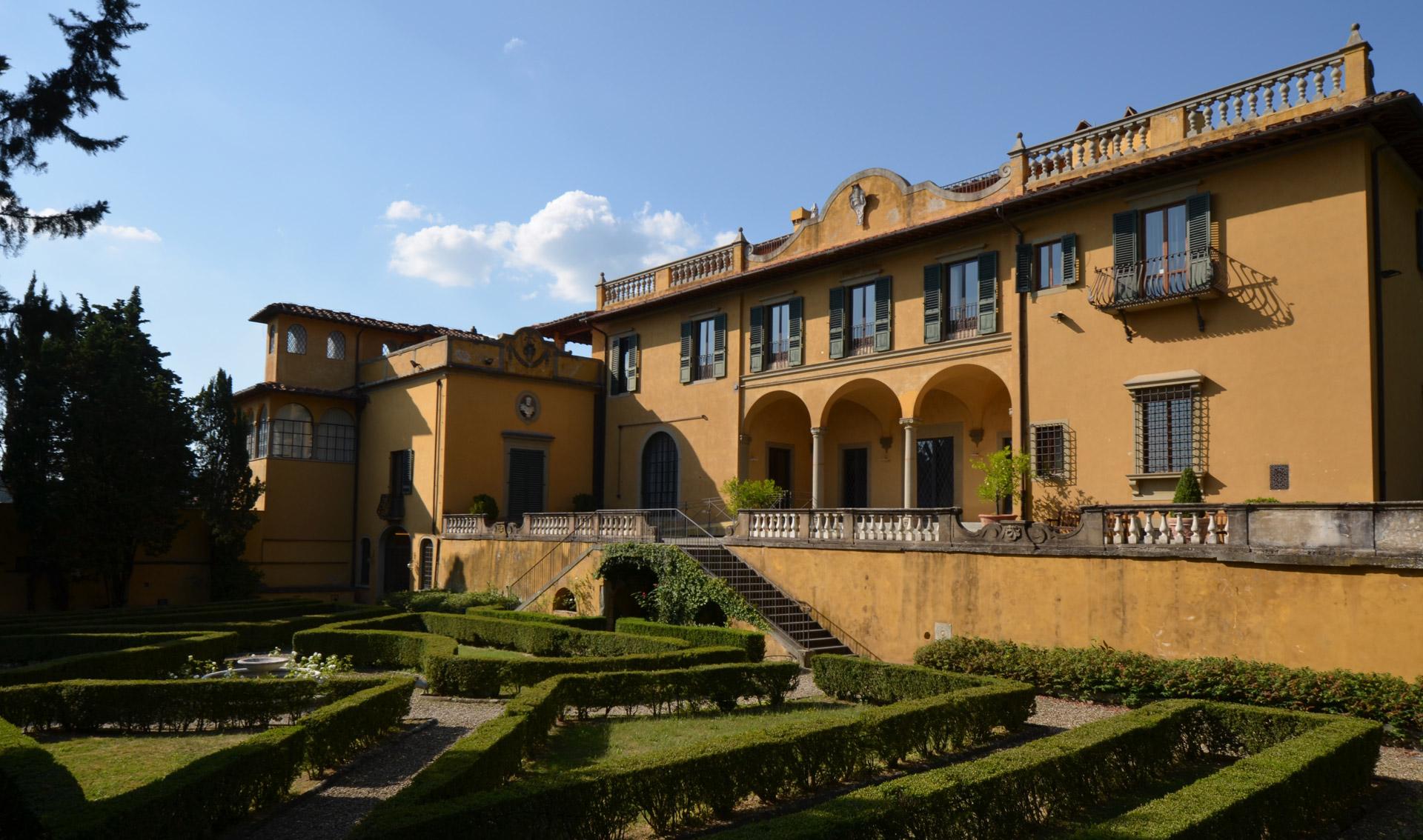Read more
Blog, Mobility Practices and Processes
Demographic and Geopolitical Imperatives need to Drive a new Approach to Migration Policy
On the 31st of March, a workshop on migration was co-organised by the Migration Policy Centre and the consultancy firm Futour, on behalf of the representation of the European Commission in Italy. The workshop...
2-3 April 2014, 80 European and African Heads of State and Government and leaders met in Brussels for the fourth EU-Africa Summit. Although the Summit had originally been planned to focus on security and development issues, recent events on the Southern frontier of the EU (more than 350 persons, mostly refugees from Syria, Somalia and Eritrea, trying to reach Lampedusa who died at the sea last autumn and the reiterated attempts by Sub-Saharan migrants to jump over the fences in Ceuta and Melilla in the last weeks) prompted an agenda change: the EU, in fact, flagging up irregular migration. The Summit, thus, adopted an EU-Africa Declaration on Migration and Mobility. But both the agenda and the outcome of the Summit reflect short-term European policy priorities rather than African structural problems.
The Declaration on Migration and Mobility basically commits the “strong and unambiguous political will” of the participating countries to fight irregular migration. It is accompanied by a very generic Roadmap 2014-2017 covering all areas of cooperation between the EU and Africa. This is a policy response at the right level, international cooperation, to the shocking images of African immigrants risking or losing their lives to reach Lampedusa or Ceuta and Melilla and the hot political issue of irregular immigration to the EU. The joint Declaration also stresses “the importance of addressing the root causes of irregular migration” and commits to “strengthen[ing] the nexus between migration and development” (though this only through remittances and diaspora engagement, without attributing any role to destination countries). However, the EU -Africa Summit has not produced anything new, let alone a global response for the main challenge African countries are facing: how to boost their development through bilateral economic relations with Europe: Europe, it must be remembered, is their their main economic partner. The instruments and measures included in the Roadmap 2014-2017 faithfully reflect the standard toolbox of EU international cooperation with developing third countries.
Contrary to what might be inferred from the EU-Africa Declaration on Migration and Mobility and the media coverage of irregular immigration, the problem is not at the border. The root of the problem is much farther away, and the solution must also go further[1]. For the Declaration signed at the end of the two-day summit not to remain without any practical consequence, it would be necessary to take into account the perspective of African countries and the migrants themselves. African interests on this issue can be summarized through a quick look at 2012 balance of payments (last available official data): according to the African Economic Outlook the remittances reported for Africa amount to $60.4 billion, 3% of its total GDP (in countries such as Nigeria, Senegal and Togo they exceed 10% of GDP), of which $ 21 billion arrives from the EU. This is more than foreign direct investment ($ 49.7 billion) or even the official development assistance (56.1 billion) to the continent. It must also be remembered that only remittances coming through legal channels are recorded here: the real sum will be higher. Against this external financial equation, European offers as much as €4 billion a year, up to €20 billion if the bilateral aid by Member States is computed.
From the point of view of potential migrants, more than 40% of the 300 million young Africans between 15 and 30 years of age are neither in employment nor in education or training ,so-called “NEET”. More than 300 million Africans still live in absolute poverty, with an income below 30 euros per month. Demographic dynamics are not very auspicious either in the medium term: according to United Nations projections, from the 1,033 million people living in the continent in 2013, the total African population is projected to increase to 1,900 million by 2050: Nigeria will become the fastest growing population in the world with an increase from the current 173 million to 402 million in that same year.
Against these figures, the six million Africans living legally in Europe according to Eurostat (plus as many other citizens born in Africa with European nationality) and the scores of thousands waiting for an opportunity to cross the borders (Moroccan authorities estimate the number of Sub-Saharan Africans in their country aiming to pass over to Europe at between 25,000 and 40,000) are relatively few. Moreover, so far the African emigration rates are quite low (less than 3% of the total population in Africa is living outside their country of birth, slightly below the world average), and over half of these migratory flows are actually intra-African.
Participants in the EU-Africa Summit may be legitimately pleased to have achieved a certain consensus on how to deal with irregular immigration to Europe. But the question remains of what has changed in the development prospects of African countries after the Summit.
Iván Martín, Part-time Professor at the MPC
The EUI, RSCAS and MPC are not responsible for the opinion expressed by the author(s). Furthermore, the views expressed in this publication cannot in any circumstances be regarded as the official position of the European Union.
[1] See “Migrants smuggled by sea to the EU: facts, laws and policy options”, MPC Research Report 2013/09, by Philippe De Bruycker, Anna Di Bartolomeo, Philippe Fargues.

